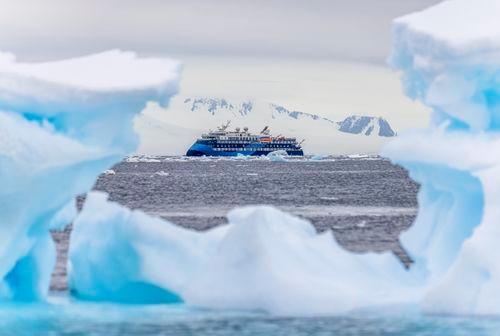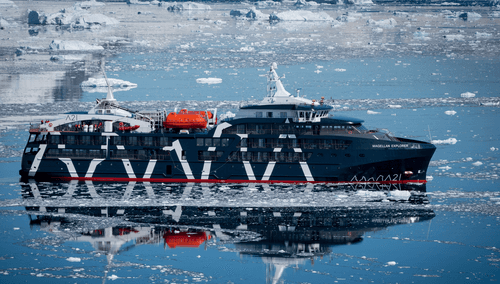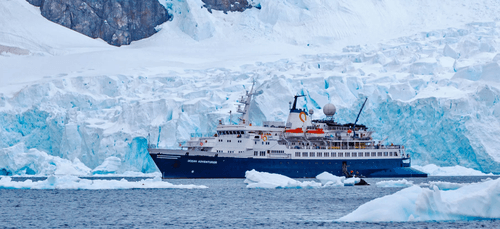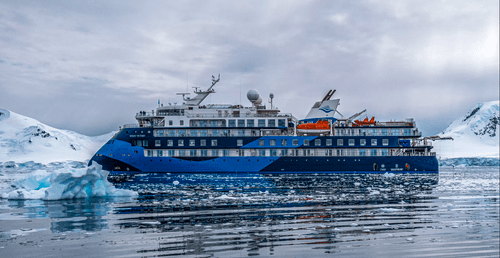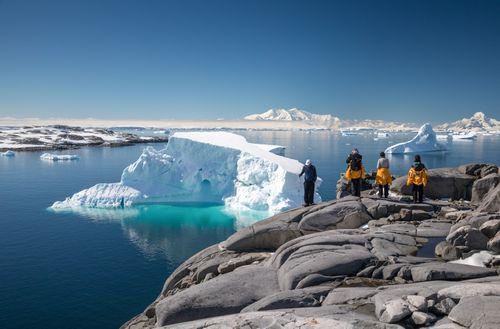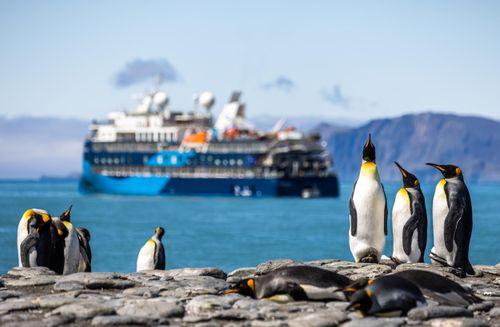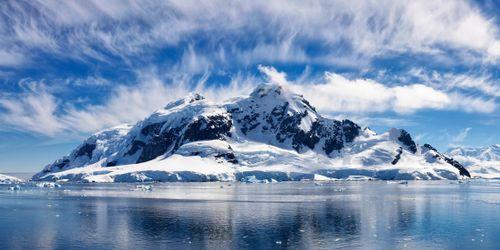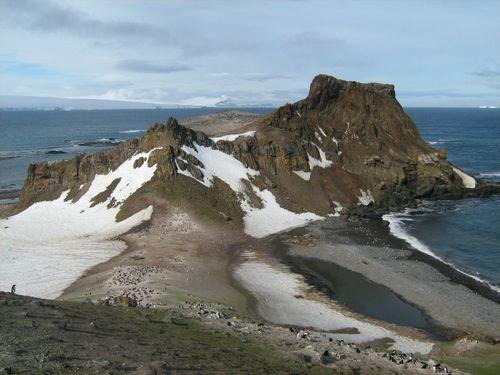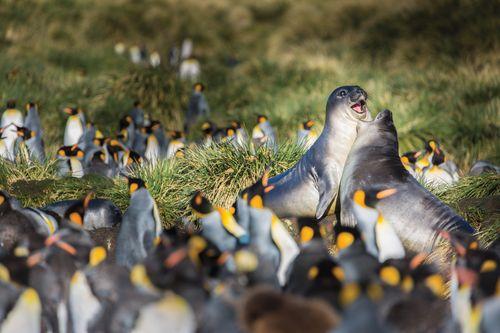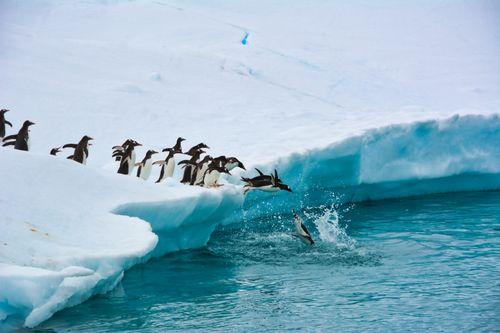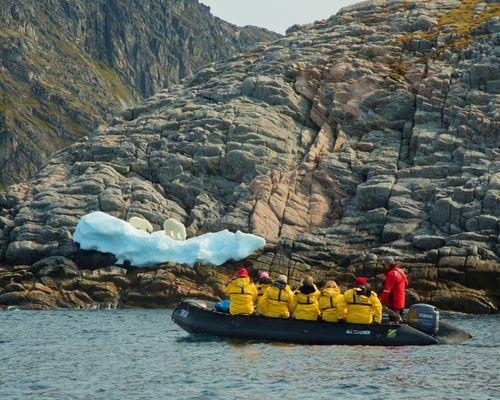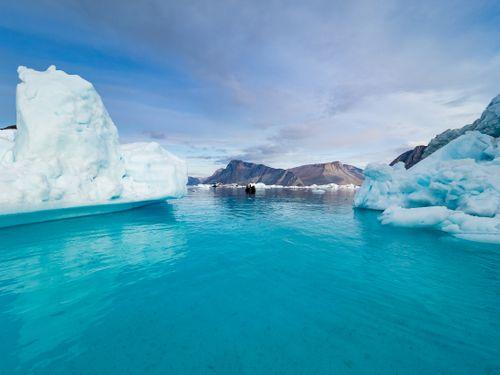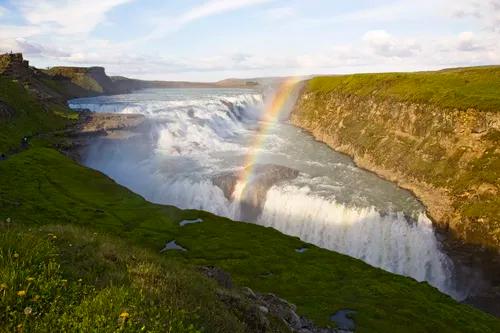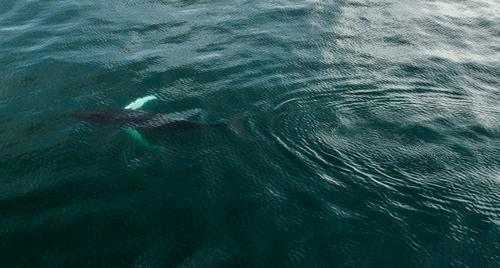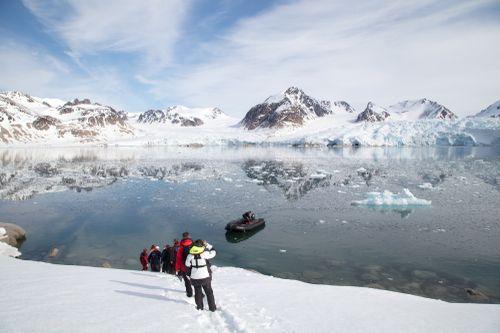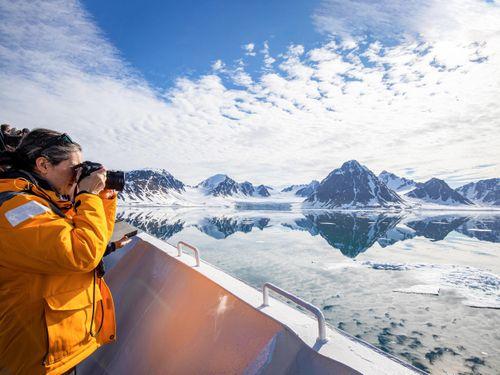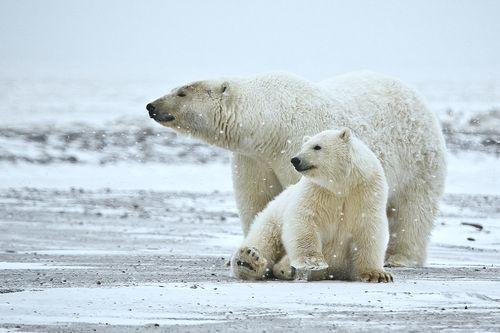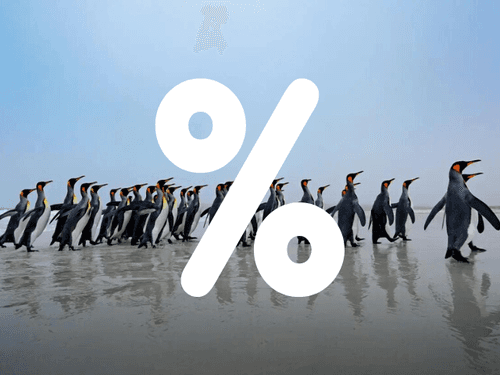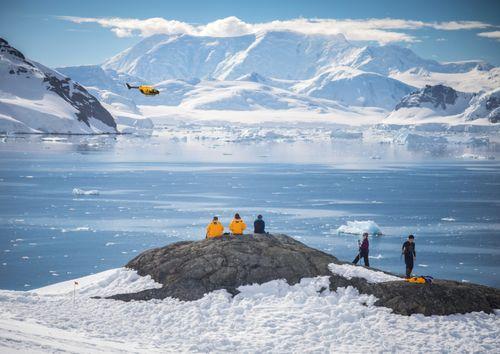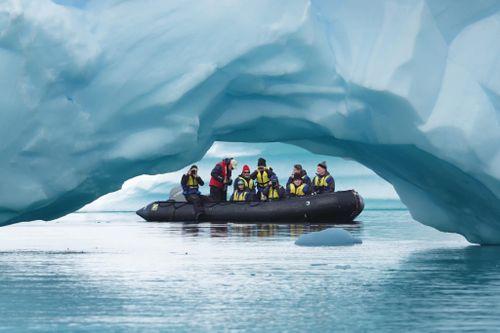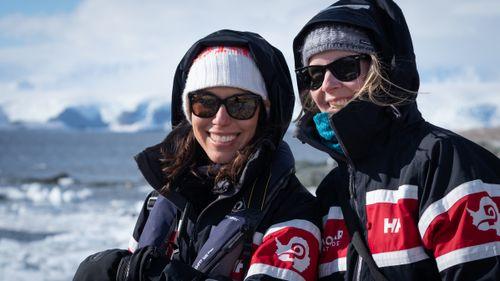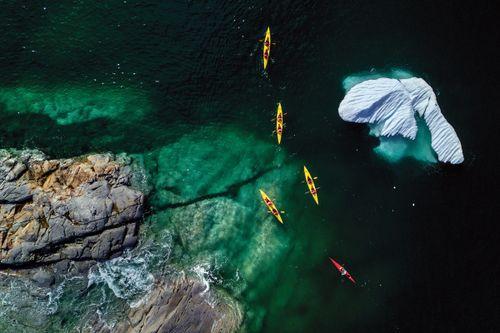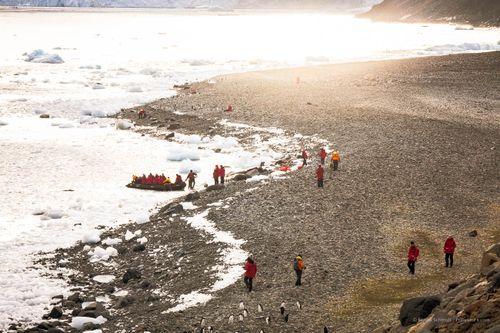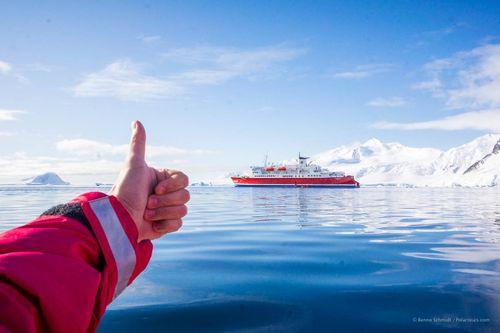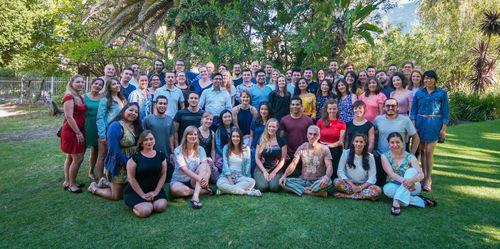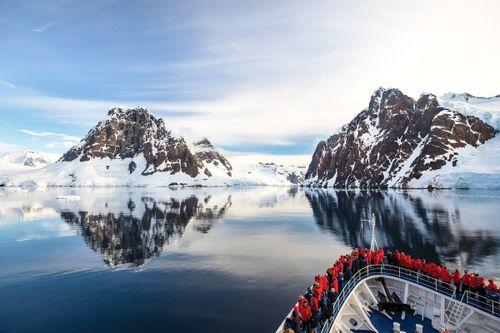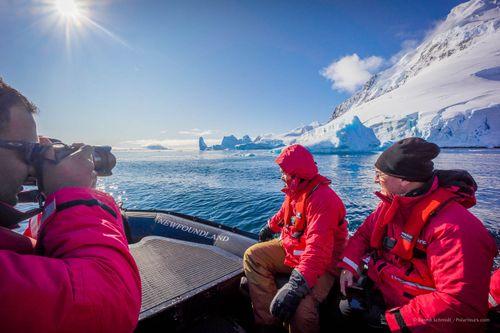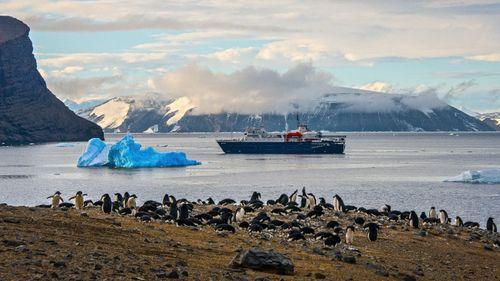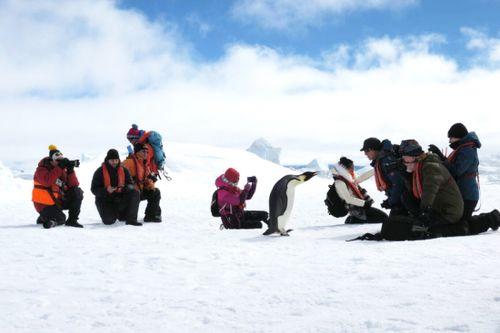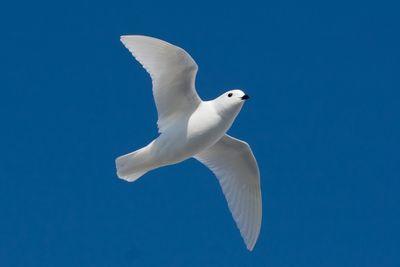
Paulet Island
A huge penguin colony, and a sober memorial to shipwreck survivors.
Information about Paulet Island
Paulet Island is a striking sight. This circular rock is only 1 mile in diameter, yet it has a volcanic cone that rises to over 1100 feet at its center. It’s found about 3 miles from Dundee Island at the northern end of the Antarctic Peninsula.
First mapped in 1839, Paulet Island is home to a huge penguin colony. Some 100,000 breeding pairs of Adelie penguins live here, a truly remarkable sight and sound! You will also see other sea birds on your visit, including shags, snow petrels, and kelp gulls.
Another fascinating aspect of Paulet Island is the historic shelter that dates back to 1903. The expedition ship on the Nordenskjöld expedition - the Antarctica (after which the Antarctic Sound is named) - was crushed by the ice pack, and survivors of the wreck reached Paulet built a stone hut to shelter them from the harsh winter conditions. There is also a cairn built on the highest point of the island that they used to attract attention for any rescue. There is also a grave marker for one expedition member who sadly did not survive.
Because Paulet Island is so densely packed with wildlife, visitors will be escorted in small groups by experienced Antarctic guides. This ensures that the breeding birds are disturbed as little as possible and that the shelter site is protected.
Fur seals are often also seen on the shores here. In the peak breeding season, you may find that some of the walking trails around the island are closed due to the sheer numbers of wonderful creatures that choose to raise their young here.
Interesting facts about Paulet Island
Stone hut on Paulet Island built in February 1903 by survivors of the wrecked vessel Antarctic under Captain Carl A. Larsen, members of the Swedish South Polar Expedition led by Otto Nordenskjöld. A grave of a member of the expedition and the rock cairn built by the survivors of the wreck at the highest point of the island to draw the attention of rescue expeditions (Historic Site and Monument No. 41).
The captain of the ship - Larsen- went on to start whaling on South Georgia. When he left Paulet Island, rescued by the SS Uruguay, he left behind supplies, just in case someone else got stuck in the ice in the Weddell Sea.
It was just over a decade later that Shackleton tried to reach Paulet Island after the Endeavour was lost, knowing there were supplies left by Larsen. But the currents took the ice, then the bots, in a different direction, and they ended up on remote Elephant Island and they whole saga of getting to South Georgia. If they had reached Paulet Island they would have had supplies, penguins to capture and eat, and could have continued through the Antarctic Sound at the relevant time, and discovered some whalers!
Pictures of Paulet Island



